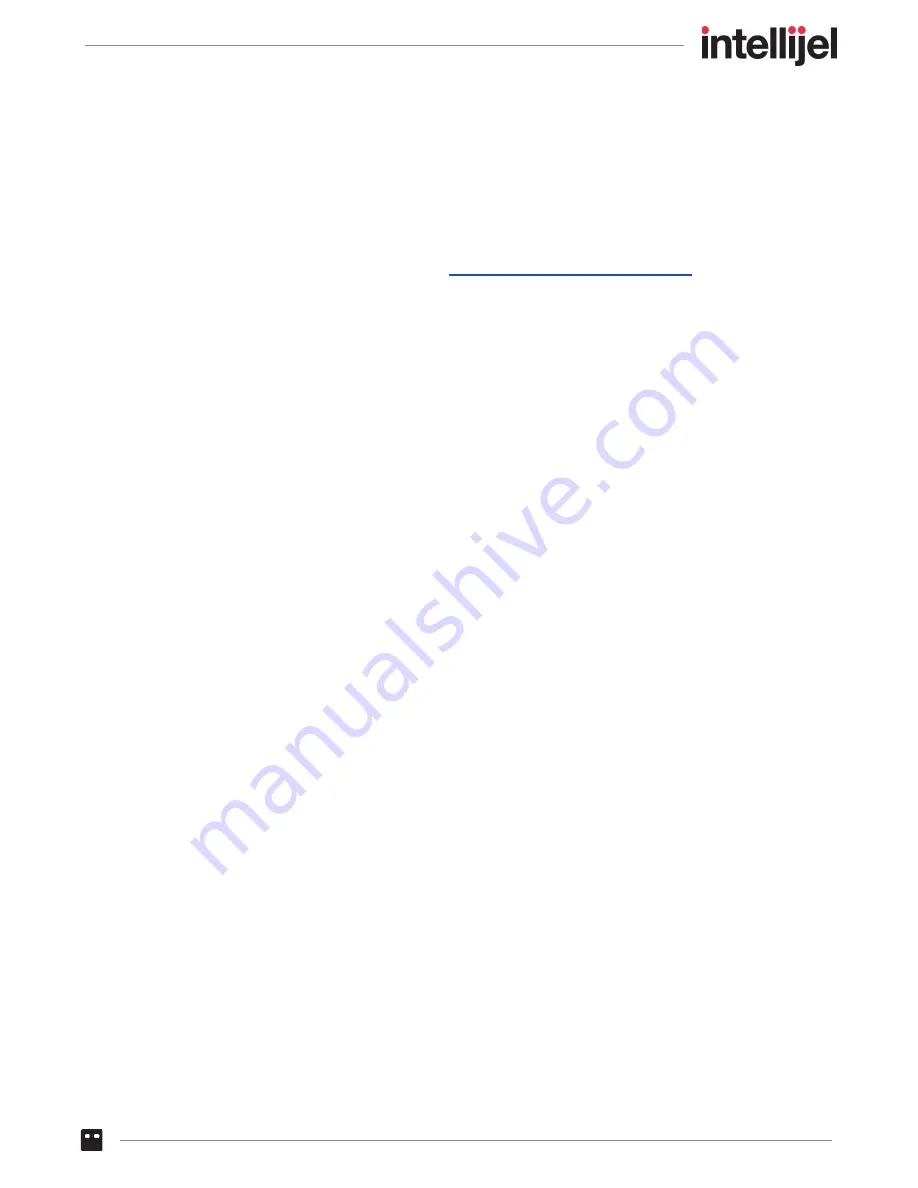
Stage Player
When the sequencer is stopped, the Stage buttons glow white, indicating the Stage Player
functionality is active. Here, you can press any stage button to transmit that stage’s corresponding
pitch, gate and CV values. This lets you quickly create and modify a custom ‘keyboard,’ enabling
you to perform with Stage buttons, exactly as you would perform with a keyboard.
1.
Enter and configure Loopy as described in
Enter and Configure Loopy Mode
2.
If the track is currently playing back, press the
RUN
button (or use one of the remote RUN
options) to stop playback.
The eight stage buttons will all glow white, indicating that Loopy Mode’s Stage Player
functionality is now enabled, and the Action Display on the screen reads “Audit Stage”.
3.
Press a Stage button to “play” that single stage, transmitting its pitch, gate and mod values.
There are a few important caveats regarding this mode:
● GATE: The stage’s Gate length is set by how long the button is pressed (and NOT by the
setting of the GATE TYPE switch).
● PITCH: If a Stage has an active PITCH override, that pitch will play rather than the pitch
shown by the PITCH SLIDER.
● CV: The stage’s CV value (if set) will also be output, and will honour all internal or
external routings.
● POSITION: Using the Stage Player does not affect the Sequencer playback position.
● SLIDE settings are respected, but since the sequence isn’t running, slide times only
operate in Analog mode, and not in Tempo-sync mode.
● UPDATES: Any changes you make to a Stage’s settings (the PITCH SLIDER, for
example) while the Stage button is being held will not be heard. In order to hear the
changes, you must press the Stage button again after making the changes.
Metropolix Manual
37






























